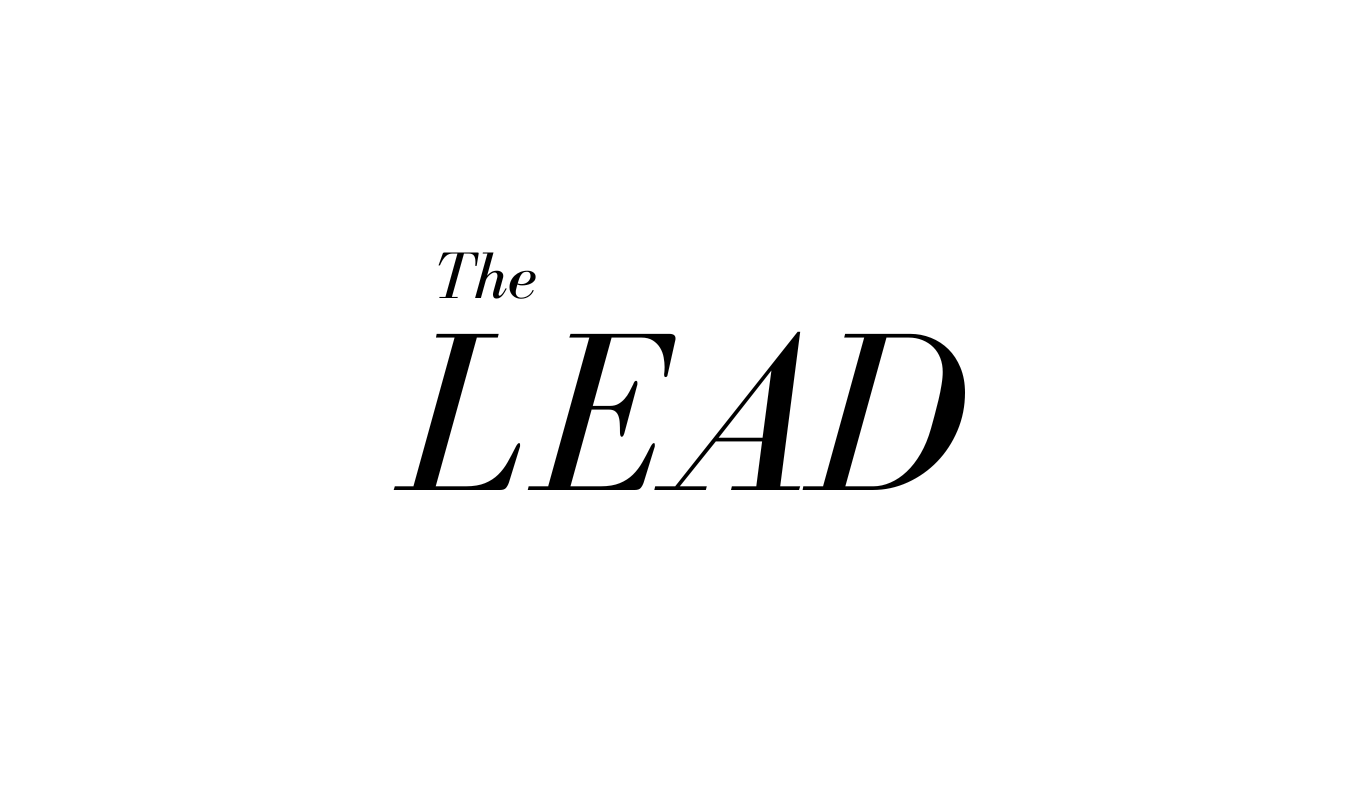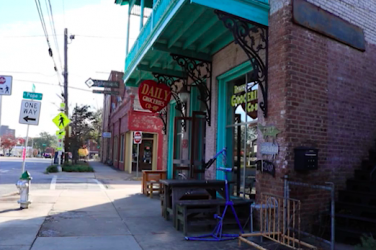To further our mission to talk about process and quality in journalism, each guest curator has highlighted what he or she sees as the “don’t want to miss” pieces posted to Grady Newsource that month, along with some constructive reflection about the journalism.
About This Month’s Guest Curator
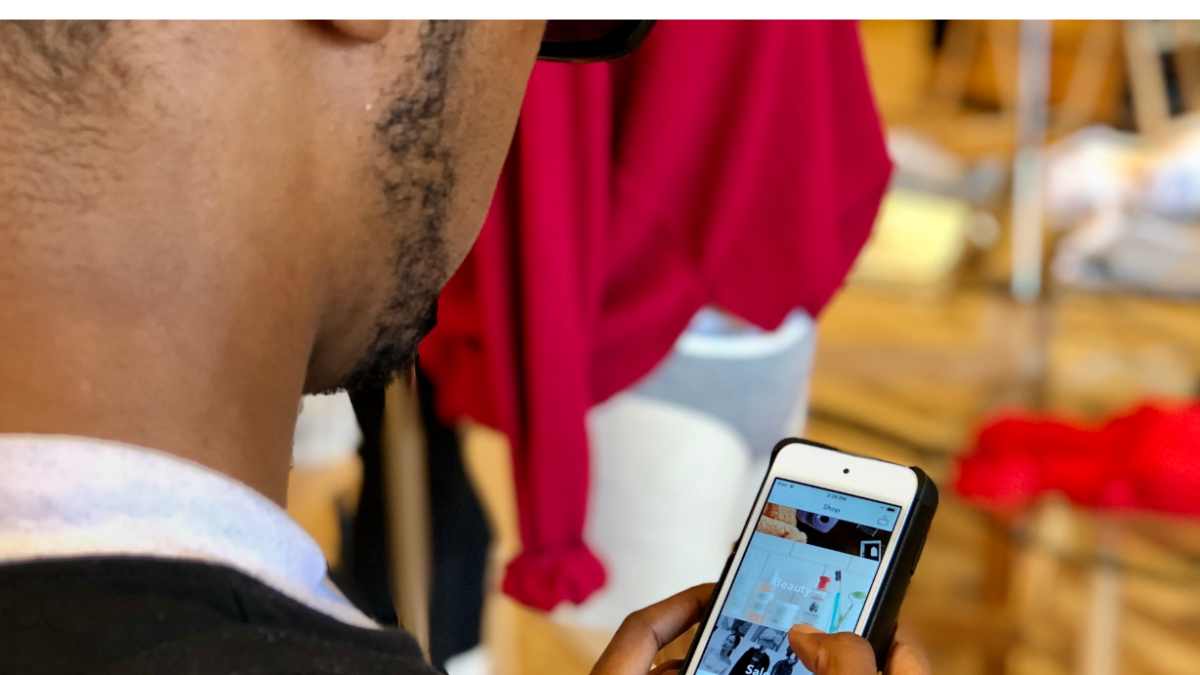
What I Like
Angle: This piece is a nice idea—a local angle on a national trend story. I like that the writer has interviewed a retail rep from a local Athens store. It adds great color.
What Could Be Stronger
The lede: The intro of the story doesn’t quite grab my attention or explain what/why we are writing about this topic. It’s not until the third graf that the writer takes a stab at explaining the news angle, but it’s not quite strong enough to keep me interested. If this story is a local angel on a national trend, you want to bring in some eye-grabbing statistics or facts about the retail market in Athens that will tell readers “Oh, hey, this is why this is a big deal to me.” (ex: Have several clothing stores had to close up shop recently due to flagging sales? Is there an uptick in stores expanding their ecommerce offering?)
Sourcing: What the story lacks is enough of a foundation of the national trend to make me truly interested in why they are covering the Athens angle. There are plenty of widely available statistics on how ecommerce has impacted sales at bricks-and-mortar retailers and changed the way consumers shop. The story would have benefited from that background information. Also, it would have benefitted from interviews from sources who could speak on the wider national trend as well as the local Athens trends in retail. Those expert/authoritative voices would have gone a long way to adding heft and gravity to the story. Without them, you’re left w/ just one primary voice—a local Athens store rep—and it’s safe to say his experience probably isn’t entirely representative of wider trends because it’s just focused on one individual.
The headline: You’re not really grabbing anyone’s eyeballs with that headline. You’ve got to think about writing for the web and drawing folks to click on your story out of dozens out there. If you’re struggling to come up with a compelling headline to your story, it can be a sign that you haven’t nailed down the “why” of the story yet and also a sign that maybe it’s not that newsworthy after all. In this case, I think there really is a compelling reason for this story to be written and a solid headline to be found here … writer/editor should take time to think that through.
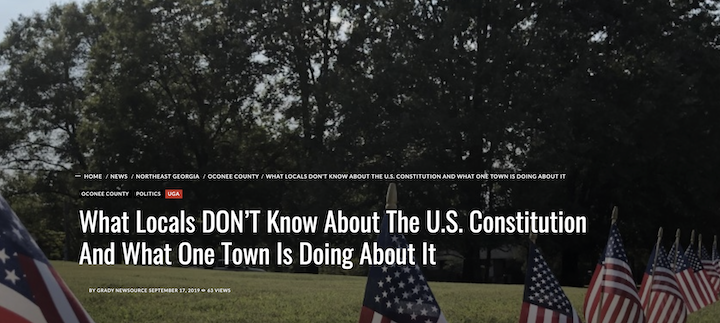
What I Like
MOS video: I love a great man on the street video, and this one hits the mark. It’s fun to see folks struggle to answer basic trivia, and it’s a very nice visual/multimedia element to add color to the story and engage readers for longer. My feedback on the video is that you shouldn’t need to read the story in order to understand what the video is showing. The producer should have set it up so that the video viewer understands we asked 50 students to name one of the amendments in the bill of rights. Otherwise, there’s no context, and it’s super confusing.
What Could be Stronger
The headline/lede: This is a good example of when a headline doesn’t quite match the story and when a story buries the lede. There’s a minor mention of a local event re: Constitution Day, but then the writer drops that thread and spends time talking about the man on the street survey they conducted. Honestly, the fact that a local program was held about the day isn’t really necessary for this piece to be successful.
I would have taken the really interesting element—Hey, tons of college kids have no idea what’s in our Constitution!—all the way to the bank. Make that your headline. And take a look at the information in the sixth graph (more than halfway through the story)—that is your read lede or your real peg to draw readers in.
“Out of the 50 students interviewed, all who attend the University of Georgia, nearly half of them, 21 to be exact, knew nothing at all about the document that is the foundation of the law of the land.”
Suggested headline: Nearly Half of UGA Students Couldn’t Pass This Quiz About the U.S. Constitution — Can You?
Then why not take this all the way Buzzfeed-style and actually attach a little quiz form for folks to play around with? They are more likely to share the story that way, and you get more traction.
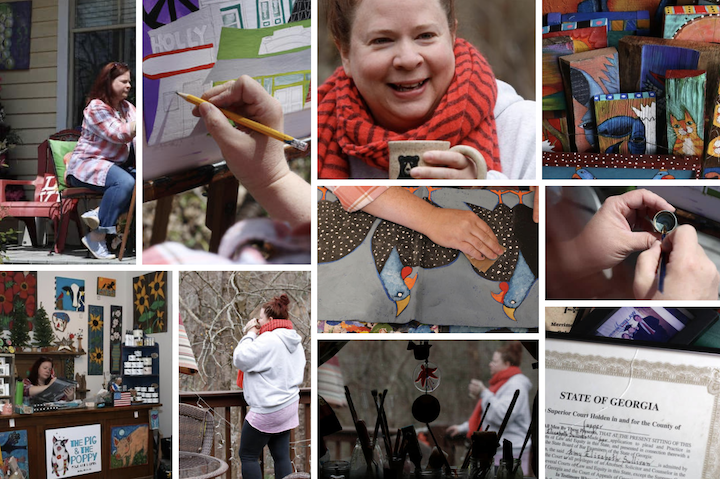
What I Like
The potential! We’ve got the makings of a really nice human interest story about a college graduate who made a major pivot into a different career path that could really resonate with your audience (a bunch of stressed-out college students who are probably second guessing their own majors and career paths if not now then certainly post-graduation! :)).
What Could be Stronger
The focus: It takes the writer a while to really get into the “story” here...which is about a woman who decided her chosen career path wasn’t for her and made a huge change.
The lede: If I were writing this lede, I’d really think about my audience and speak to them and tell them why her story is worth reading. I’d suggest starting off the reality that choosing your degree is a bit of a gamble and that many folks (there might even be stats to back this up if you dig) might graduate and end up choosing an entirely different career path altogether. And hey, we’ve got this fascinating woman who went through this and we’re gonna use her experience to help you understand how it’s totally possible to make a career change even if you studied something totally different.
The depth of the story: We missed so many opportunities here to ask this source how she managed to do what she did. Law school isn’t cheap! Does she still have student loans she’s paying off? Is she able to handle them with her new career? Did she ever struggle to make payments? What was that like/how did she overcome it? Did she go back for education on business before launching her own? If not, where did she get those skills from? Was her mom a big influence ultimately, maybe as a mentor to fill in that knowledge gap she might have had?
The takeaway for readers: It might just be the fact that I’ve spent the better part of a decade producing content meant to educate readers about their finances, but I feel like we could really serve the audience here by including a section on tips for any college grad who’s considering a completely different career path than their college degree. Or maybe you decide you’d rather focus on tips for a newbie business owner instead. The key is that you can make this story more than just a fun little feature that someone might forget about the next day and add some heft to it by providing key takeaways/tips for the reader that might apply to their own life. I bet someone in Career Services on campus or a small business consultant might have been able to help you put together some strong tips there.
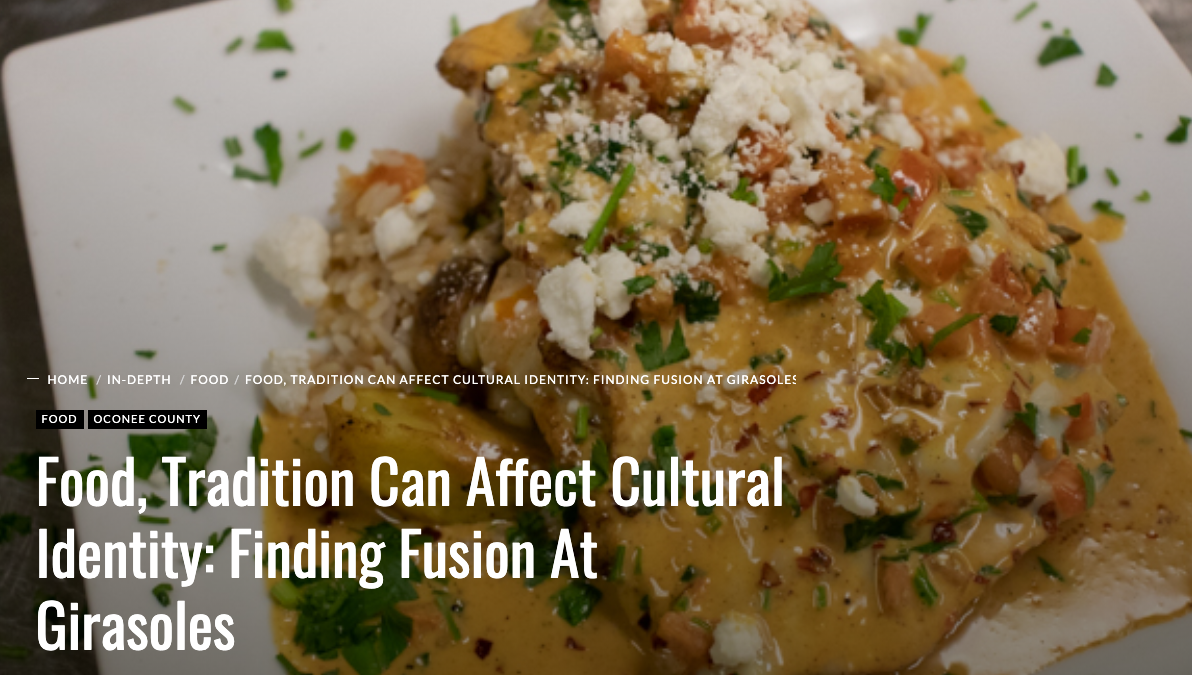
What I Like
The detail: Clearly the writer has spent significant time with their source and gotten to know a lot of his backstory. There’s tons of color here that provides a clear picture of who this person is and what their point of view is.
What Could be Stronger
What’s the fusion? The writer mentions this restaurant is a fusion spot, but doesn’t explicitly say which types of cuisine the chef focuses on. It’s a little confusing.
Subhed choice: “Food Traditions Differ in Mexico and the U.S.” A subhed is just another type of headline IMO, which is meant to keep the reader’s interest piqued. This one is very dry, and also doesn’t really fit the contents of the section itself. True, he is discussing differences in Mexican vs. U.S. protein in the first sentence, but that’s about it. Most of the info is about how this chef learned to improvise his dishes and how that experience really influenced they way he has approached his restaurant—namely, the fact that he’s comfortable taking requests and basically freestyling his cooking every night. And that’s the more interesting part anyway.
Use of phrase “ethnic food”: We should try to be sensitive around calling food “ethnic” simply because it’s prepared by someone of color. It’s been debated pretty widely and it seems like we’ve reached a point where there’s concern that labeling food as “ethnic” is diminishes the cuisine and basically lumps a ton of very unique types of cuisine under one broad umbrella. As a writer (and especially for editors), it’s important to be conscious of our own internal biases when choosing words and keep an eye out for anything that could come across as insensitive. See these columns: https://www.washingtonpost.com/lifestyle/food/why-everyone-should-stop-calling-immigrant-food-ethnic/2015/07/20/07927100-266f-11e5-b77f-eb13a215f593_story.html; https://www.charlotteobserver.com/living/food-drink/kathleen-purvis/article141899689.html
Data dumping: I love using data in stories when it’s used properly as a means to bolster ideas laid out in the story or to support claims made by various sources. However, as a writer, it’s important to know when to hold back on sharing all your favorite stats in a story. A reader’s eyes can easily glaze over when there are so many stats back to back in a story, as there are in the final section of this article. I counted a whopping 9 (9!) stats back to back in just a few graphs alone. I call this data dumping, and it really doesn’t engage the reader. Maybe (but not likely) all these stats are super necessary to tell our story, but you should be aware that you need to weave them into the story more naturally and break them up.






